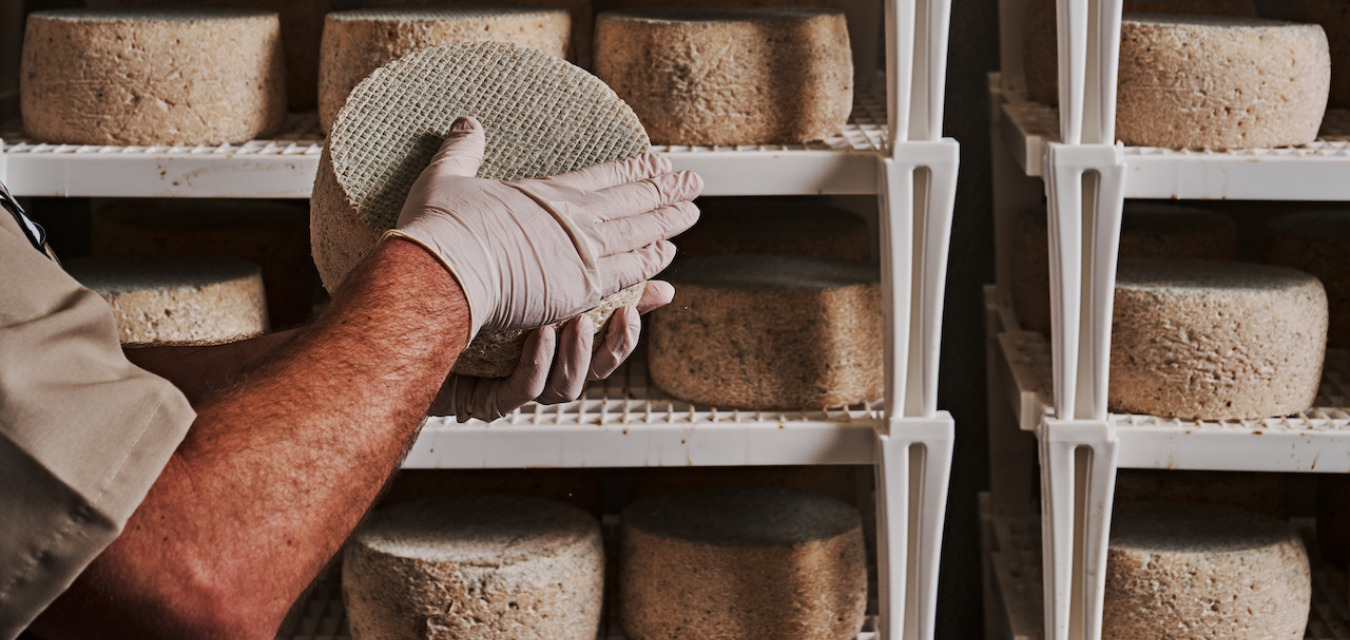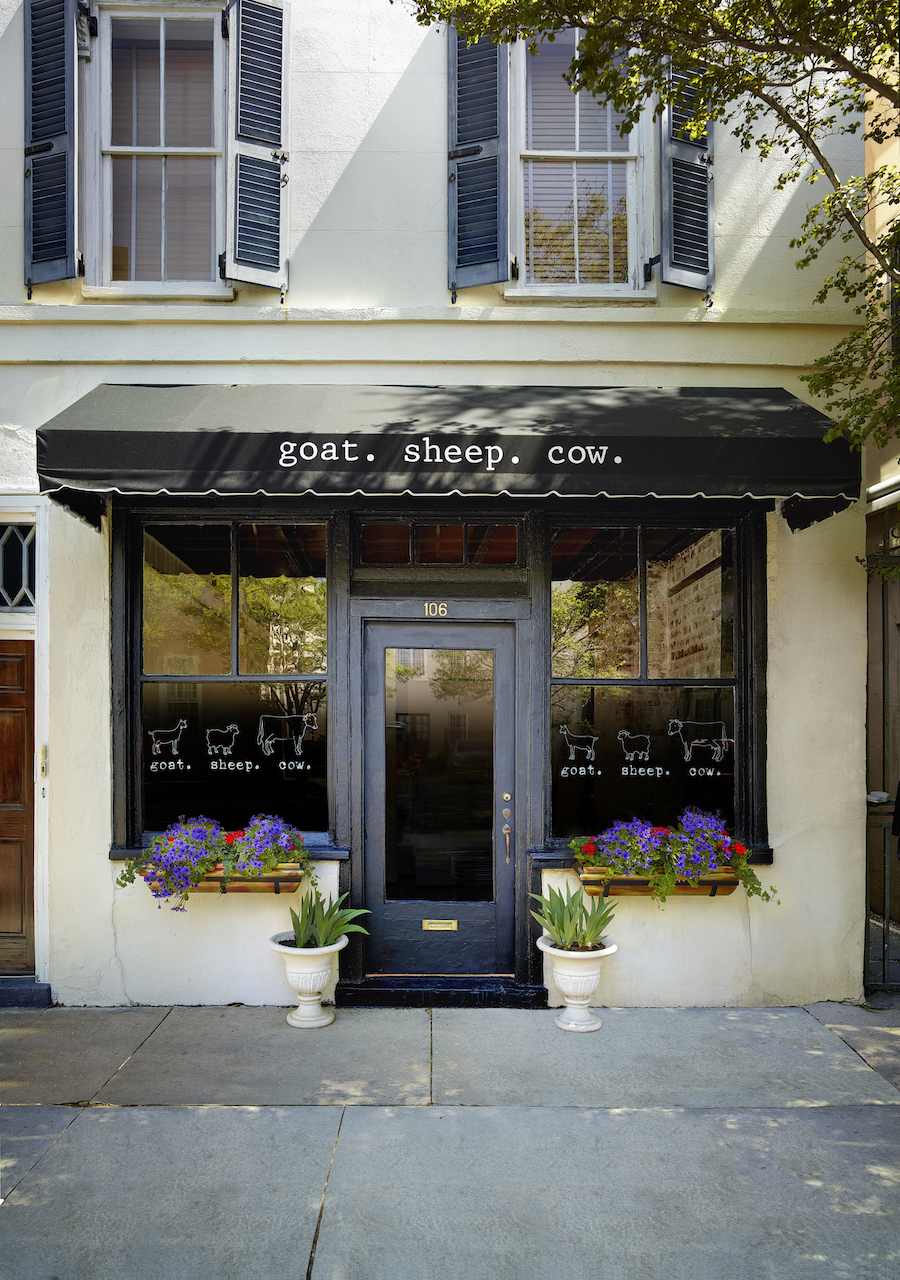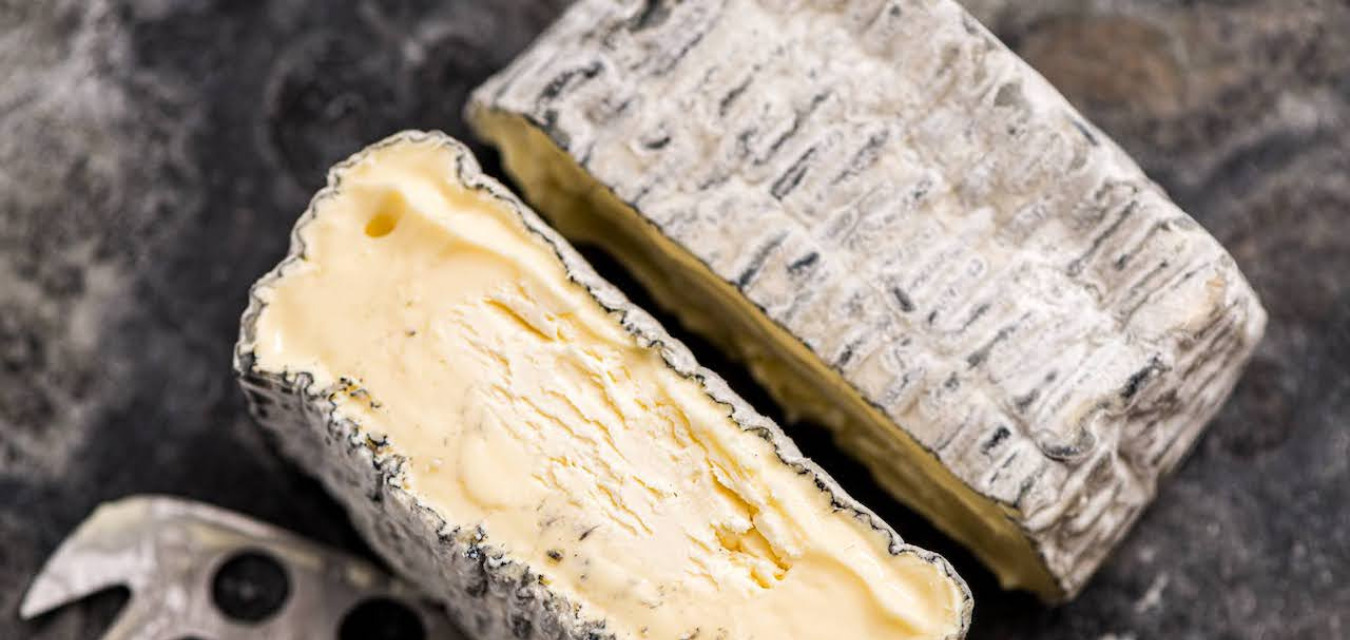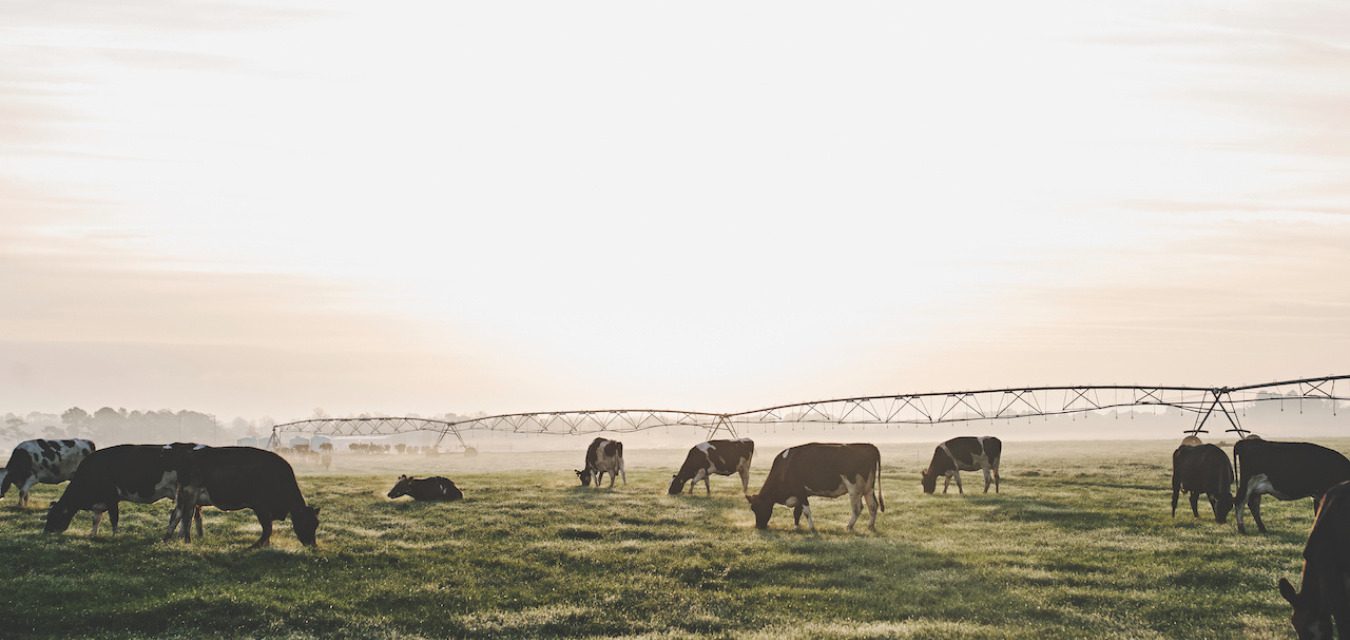In honor of American Cheesemakers Month in May, the Local Palate is exploring the artisan cheese and cheesemakers creating a tasty way of exploring the South.
The slow and steady rise of the artisan cheese movement in the United States has long been dominated by cheesemakers based in Wisconsin, Vermont, and California. In the past decade, however, first-class creations from Southern states are coming into the spotlight.
These pressed, washed, ripened, and fresh cheeses are reflections of their homelands—from rural Appalachia to green pastures along the Floridian aquifer—through a combination of terroir, agriculture, and craftsmanship. “The fact that [a specific type of cheese] can’t be produced anywhere else in the world is such a romantic notion,” says Padgett Arnold of Sequatchie Cove Creamery in Tennessee.

Drawn to the notion of elusive, edible terroir, cheeseheads are hitting the road in search of award-winning fetas, decadent double-creams, stinky taleggio, and Alpine-style wheels. Some creameries are even destinations in and of themselves, with offers like farm days, creamery tours, or Airbnbs housed within the barn.
It’s a funky, fresh, gastronomical adventure. Let this be your guide to the cheesemakers and creameries offering top-rate tastes of what makes each region so special.
Where to Find Artisan Cheese in the Southeast

The cheesemakers of South Carolina, North Carolina, and Georgia are mostly based within the region’s foothills and mountains, where lush green pastures provide plenty of land for animals to graze.
North Carolina leads the charge with around a dozen artisan cheesemakers and just as many specialty cheese counters. South Carolina similarly relies on farmers markets and co-ops to connect consumers with small producers, such as Forx Farm in Anderson, mostly based in the upstate. Cows and goats make up the majority of dairy livestock, with only one sheeps milk creamery, Whispering Pines, in the entire state. Georgia itself is home to several microcreameries, mostly around the Atlanta area, but very few have products that make it out of the state. In fact, if you encounter a cheese from Georgia on a menu or at the cheese counter, it’s most likely a Sweet Grass Dairy gem, like the creamy Green Hill.
In North Carolina (home to big names like Goat Lady Dairy , Chapel Hill Creamery, and Boxcarr Handmade Cheese), the local community is crucial to cheesemakers’ viability. “People in the [Research] Triangle are really committed to buying locally,” says Samantha Genke, the head cheesemaker at Boxcarr Handmade Cheese in Cedar Grove, North Carolina. She describes how farmers markets and co-ops in Asheville, Charlotte, Durham, Raleigh, and Chapel Hill enable these businesses to thrive, giving consumers the opportunity to shop directly from the people behind the product. It also en -ables cheese lovers to source an array of regional goodies without having to trek around to every creamery in the state.
Three Artisan Cheese Shops to Visit
Sweet Grass Dairy | Thomasville, Georgia
This creamery’s brick-and-mortar Cheese Shop in downtown Thomasville offers cheese tastings and experiences in a neighborhood wine bar setting.
Goat. Sheep. Cow. | Charleston
With two locations serving Charleston, this specialty foods shop maintains a renowned counter with an extensive array of domestic and international cheeses, charcuterie, and gour – met snacks
Looking Glass Creamery | Asheville
The cows milk cheeses at this creamery outside of Asheville bear names inspired by the surrounding Blue Ridge, such as their prized Green River Blue. Build a custom cheese board for an on-site picnic and pair it with a house cider or glass of wine.

What We’re Eating: Rocket’s Robiola
From Boxcarr Handmade Cheese
Cultures imported from Italy give this ash-dusted, bloomy rind robiola buttery, nutty, and mushroomy flavors around its exterior, while the cheese turns chalky and tangy toward the center.





